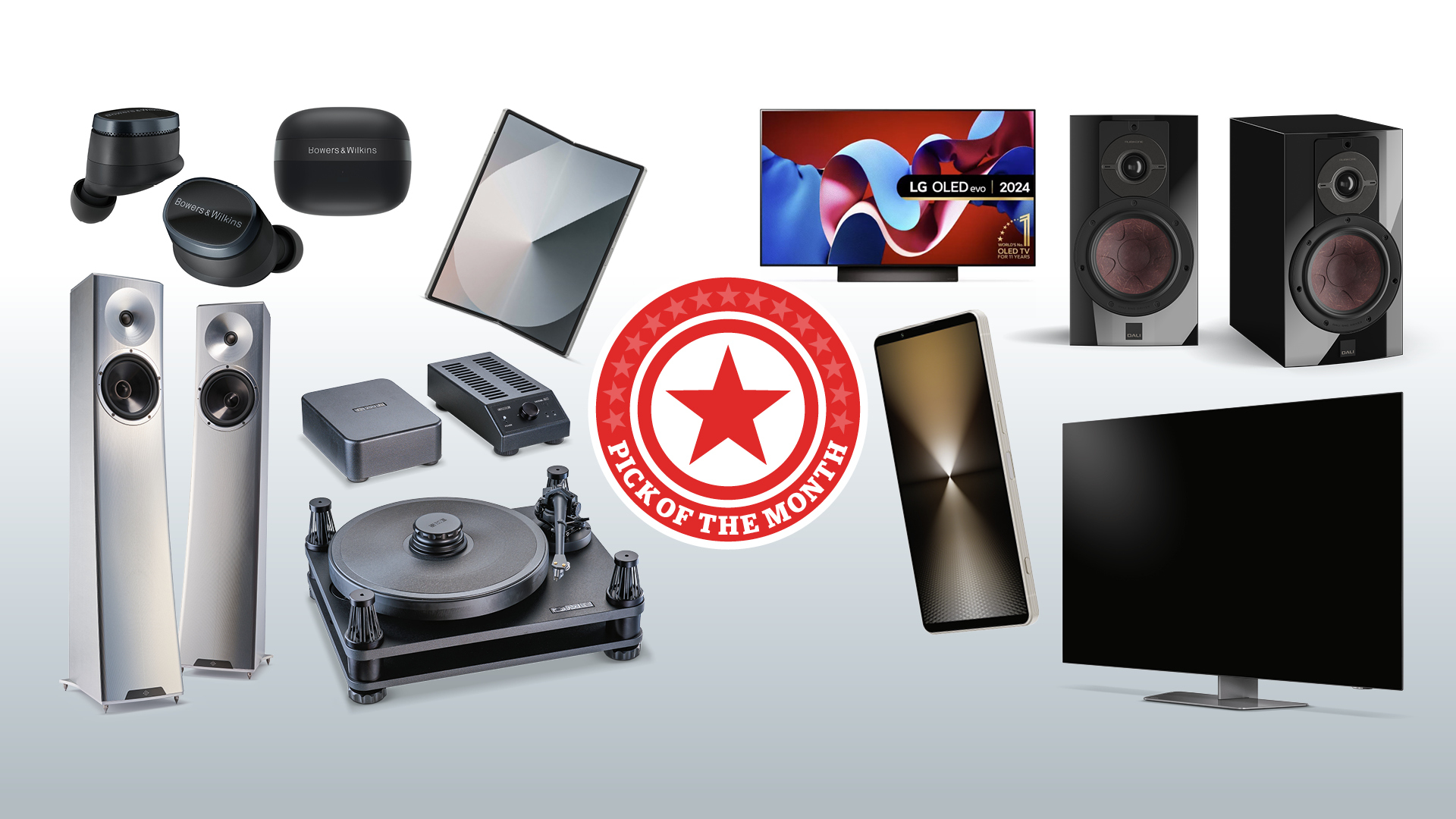
August is over, and with it many of us are facing the sad reality of summer’s end and a return to work after our yearly family break.
But while many of you were recreating scenes from Wham’s Club Tropicana music video by a sunny poolside or beach front, the team of What Hi-Fi? experts were hard at work in our light controlled viewing and listening rooms in August. Over the month we reviewed a wealth of new hi-fi and home cinema hardware including everything from portable projectors to £30,000 / $30,000 speakers.
But in that flurry of testing, only eight products impressed our reviewers enough to earn perfect marks. Here’s what you need to know about them.
Dali Rubikore 2
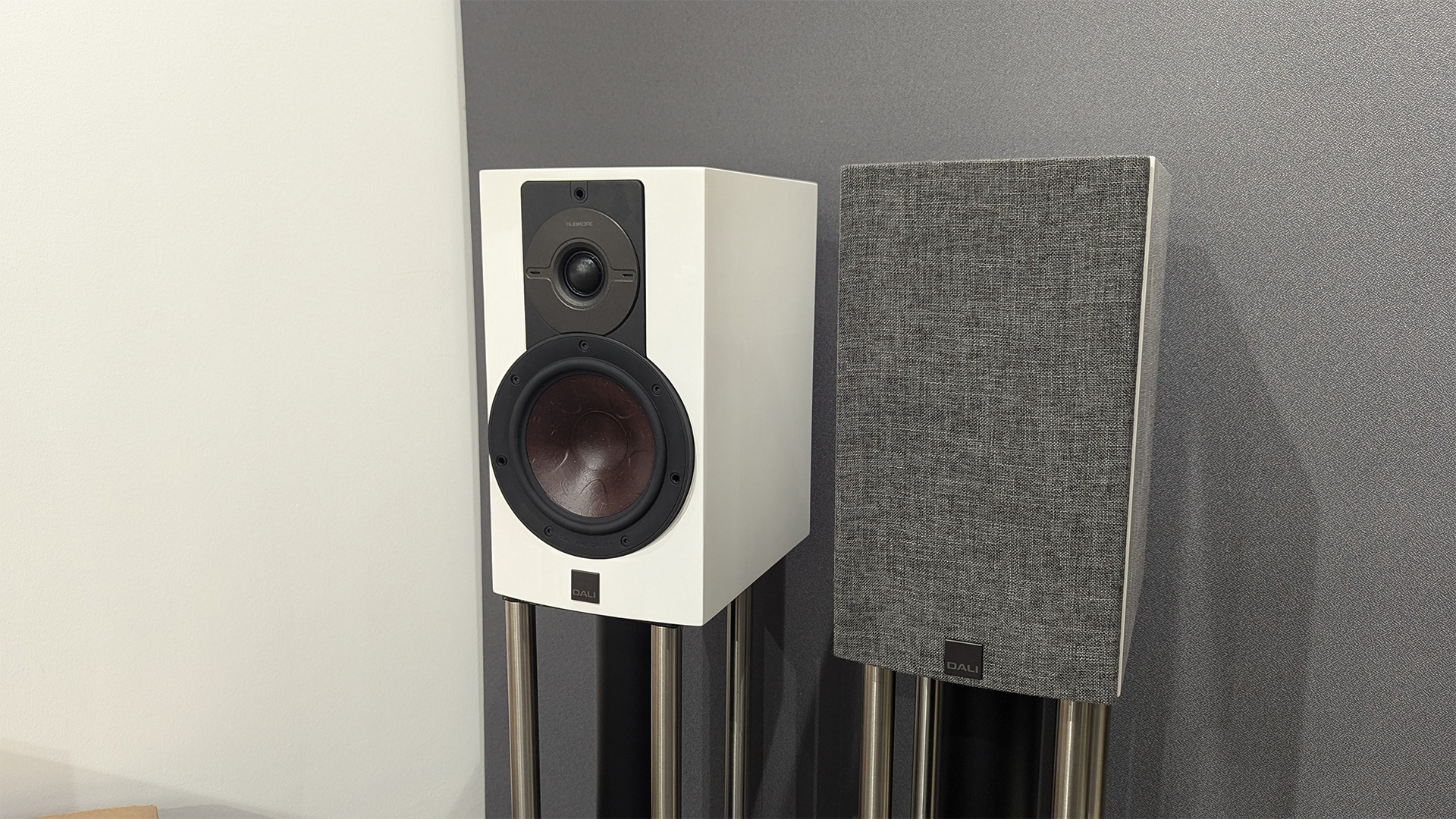
The Dali Rubikore 2 may look like just another pair of high-end standmount speakers targeting the same space as the Award-winning KEF R3 Meta. But they’re actually a pretty big deal for the audio heavyweight.
As the name suggests they’re the successors to the first generation Rubicon range that launched in 2014. Getting them into our viewing rooms it was immediately apparent a lot of work has been done in the decade since. The engineering is completely different including a brand-new hybrid tweeter design and new mid/bass driver arrangement.
Pairing them with the Arcam A15 or Naim Nait XS 3 the speakers delivered class-leading levels of insight and excellent rhythmic precision, which got our testers’ feet tapping. Hence their conclusion:
“As entertaining as they are informative, the formidable Rubikore 2 deliver a good time, and then some.”
Score: 5/5
Read our full Dali Rubikore 2 review
Sony Xperia 1 VI
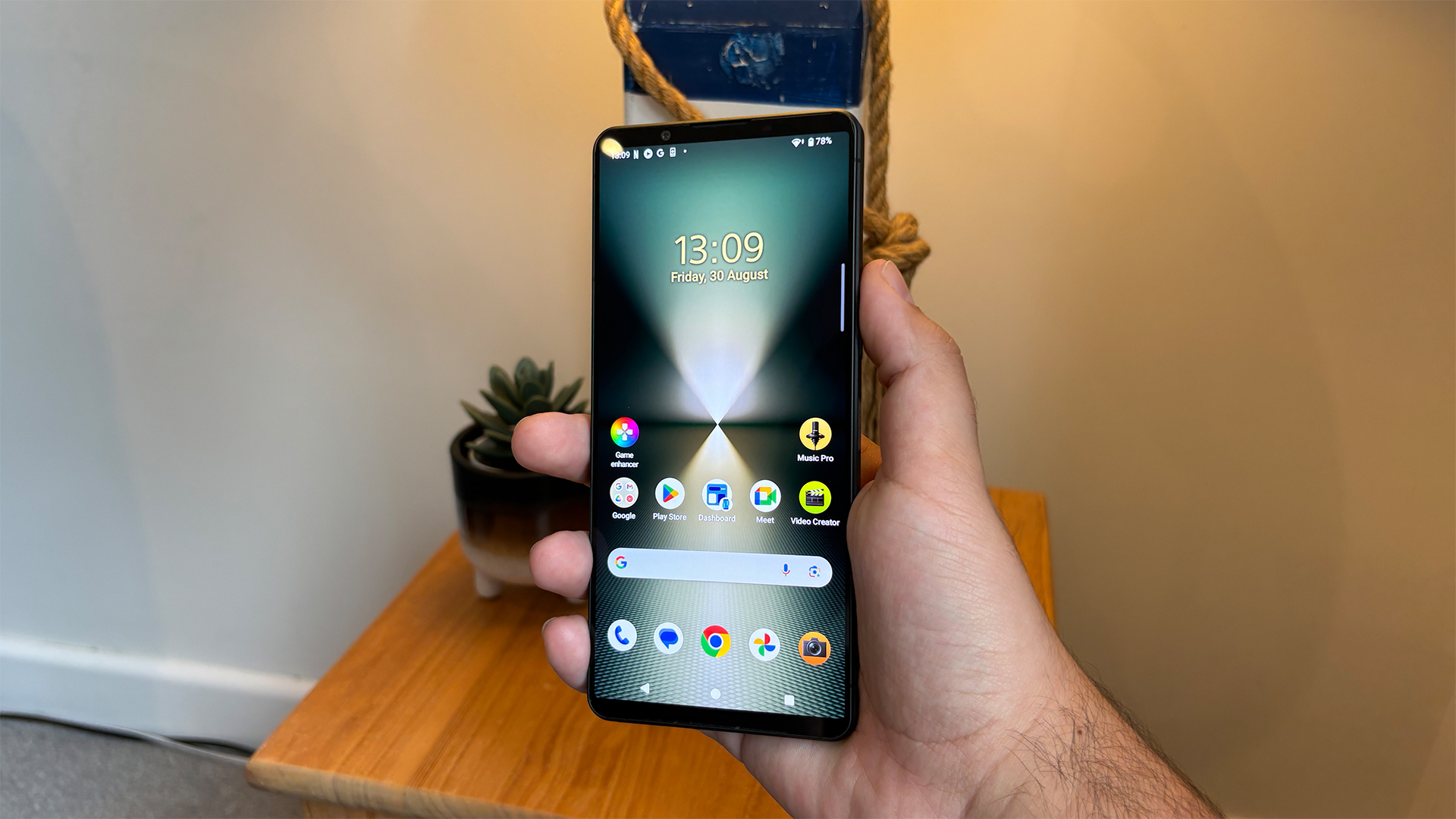
When the Xperia 1 VI first launched we were a little sad as many of the AV focussed features that made past Sony phones interesting had been cut. There’s no 4K resolution, and the longer 21:9 aspect ratio has similarly been retired.
Thankfully when we got it in for testing, we found the handset is still an excellent option for movie fans. A screen this size will never be able to do true justice to a movie masterpiece, but the Full HD resolution OLED panel still delivers great results for casual viewing – especially once you activate its Creator Mode picture setting, which is effectively a Filmmaker mode for phones, based on our testing.
Once done, colours look nicely accurate and the perfect black level lets it deliver an immersive experience. Our only caveat is that you will want to invest in a pair of decent headphones as, while the phone can deliver oodles of detail when paired with a good set, its inbuilt speakers lack weight and punch.
Score: 5/5
Read our full Sony Xperia 1 VI review
YG Acoustics Carmel 3
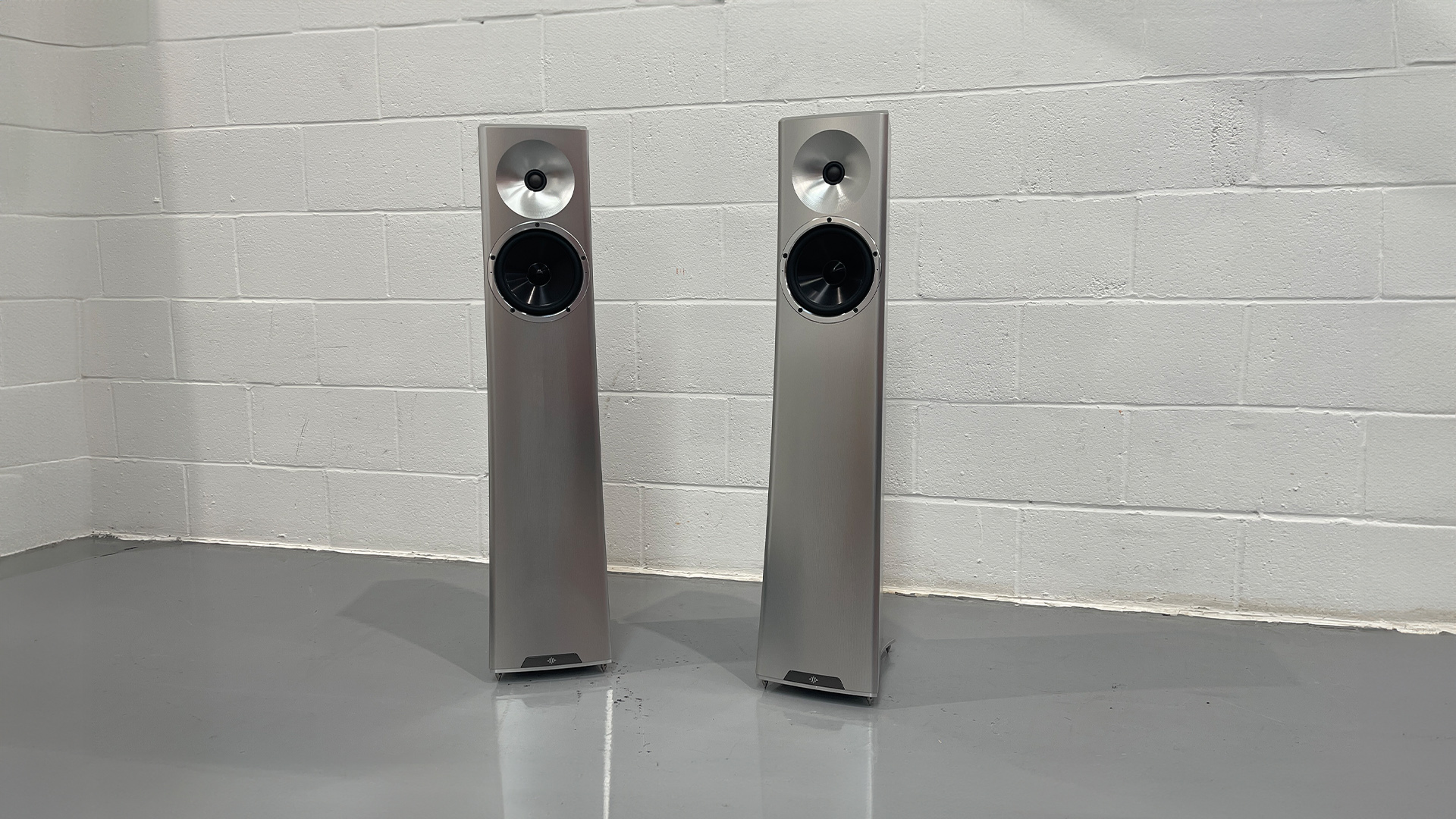
Is £30,000 / $29,800 a lot to spend on a pair of small, two-way floorstanding speakers? Yes. That’s an undeniable fact, and one you, our lovely readers, made clear in your forum and Facebook comments when we first published our YG Acoustics Carmel 3 review in August.
But based on our time with them, we can safely confirm that if you do have that kind of cash to spare and want a fantastic, elaborately engineered pair of floorstanders, they are well worth considering. Though the speakers' metal finish may look a little dull for some, under the hood YG Acoustics has done painstaking levels of work improving their engineering.
Putting them through their paces in our listening rooms, while we find they are very fussy and need to be paired with incredibly high-end hi-fi to truly shine, the Carmel 3 can deliver exceptional results.
Matched with a Naim ND 555/555 PS DR music streamer and SME Model 20 Mk2/Series V/Ortofon Windfeld Ti MC record player feeding a Burmester 088/911 MkIII pre/power, the Carmel quickly proved this point. Hence our conclusion:
“There are so many things to praise, from the immaculate build quality to the ease of positioning, but watch out for their fussy nature.”
Score: 5/5
Read our full YG Acoustics Carmel 3 review
Bowers & Wilkins Pi8
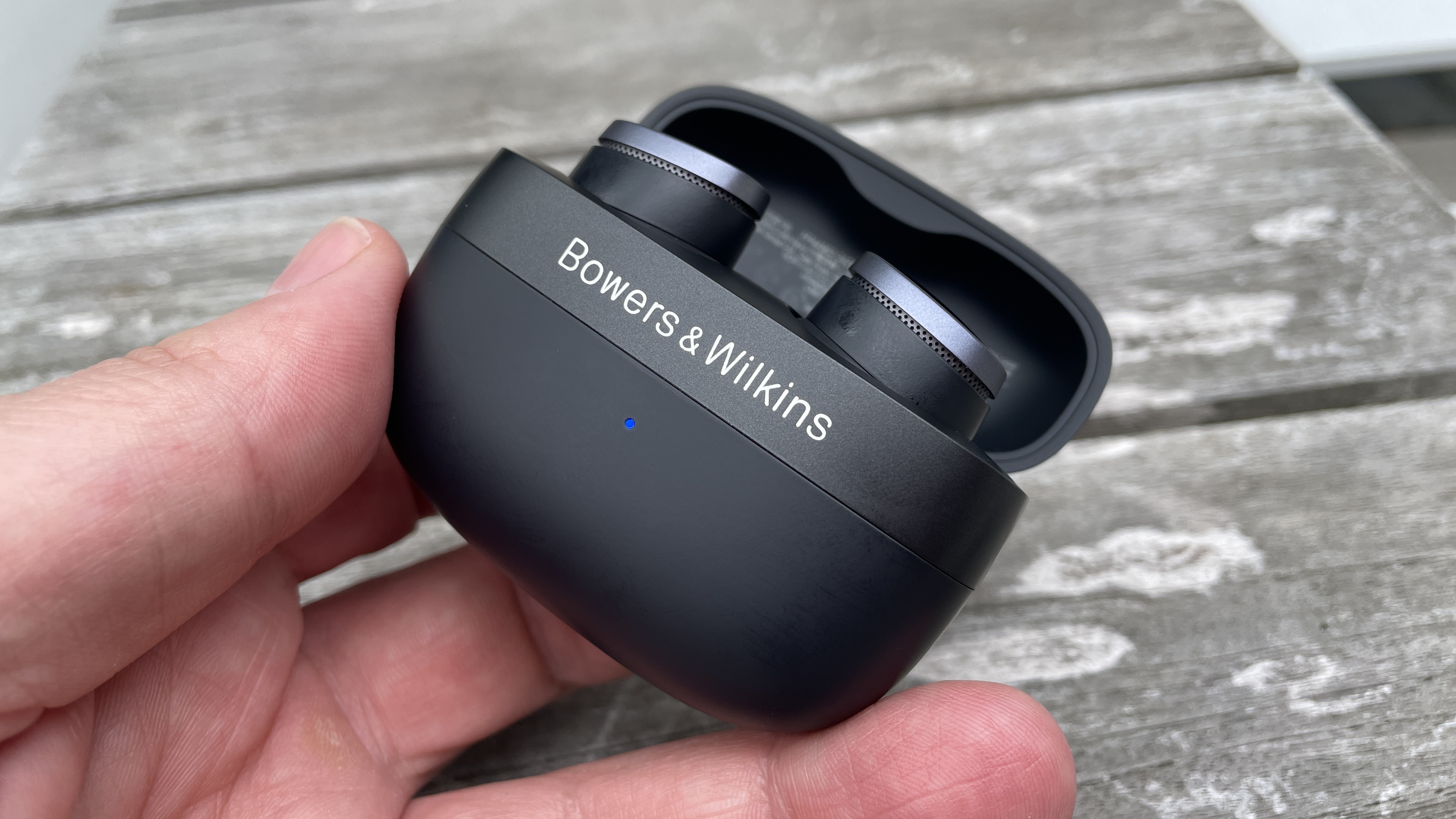
Ever heard the saying, third time's the charm? That pretty much sums up our experience with the Bowers & Wilkins Pi8. The Pi8 are the third generation true wireless earbuds from B&W, succeeding the three-star Pi7 S2 and first gen Pi7.
They still cost a lot more than many of the entries you’ll find in our best wireless earbuds guide, but for your money you’ll get a sonically gifted, easy to use set from one of the biggest names in hi-fi.
They’re also technically accomplished, running off Qualcomm's latest wireless chipset and being among the only earbuds to support Bluetooth 5.4 – most are locked at 5.3. They also have a dedicated DAC/DSP amp that bypasses the Qualcomm chip and lets B&W have more direct control over the earbuds’ sound.
Using them in our dedicated listening rooms and out the real world, the combination works a treat, with the Pi8 delivering great audio with sensational levels of detail regardless of the test track we threw at them. This made them an easy recommendation, with our reviewers concluding:
“The Pi8 are pricier than your average wireless earbuds, but sonically they perform levels above – the detail and refinement on show are breathtaking. Add useful features, solid ANC, the fact they’re nice to use and comfortable, and you’ve got buds that rival brands should take notice of.”
Score: 5/5
Read our full Bowers & Wilkins Pi8 review
SME Model 20 Mk 2/Series V
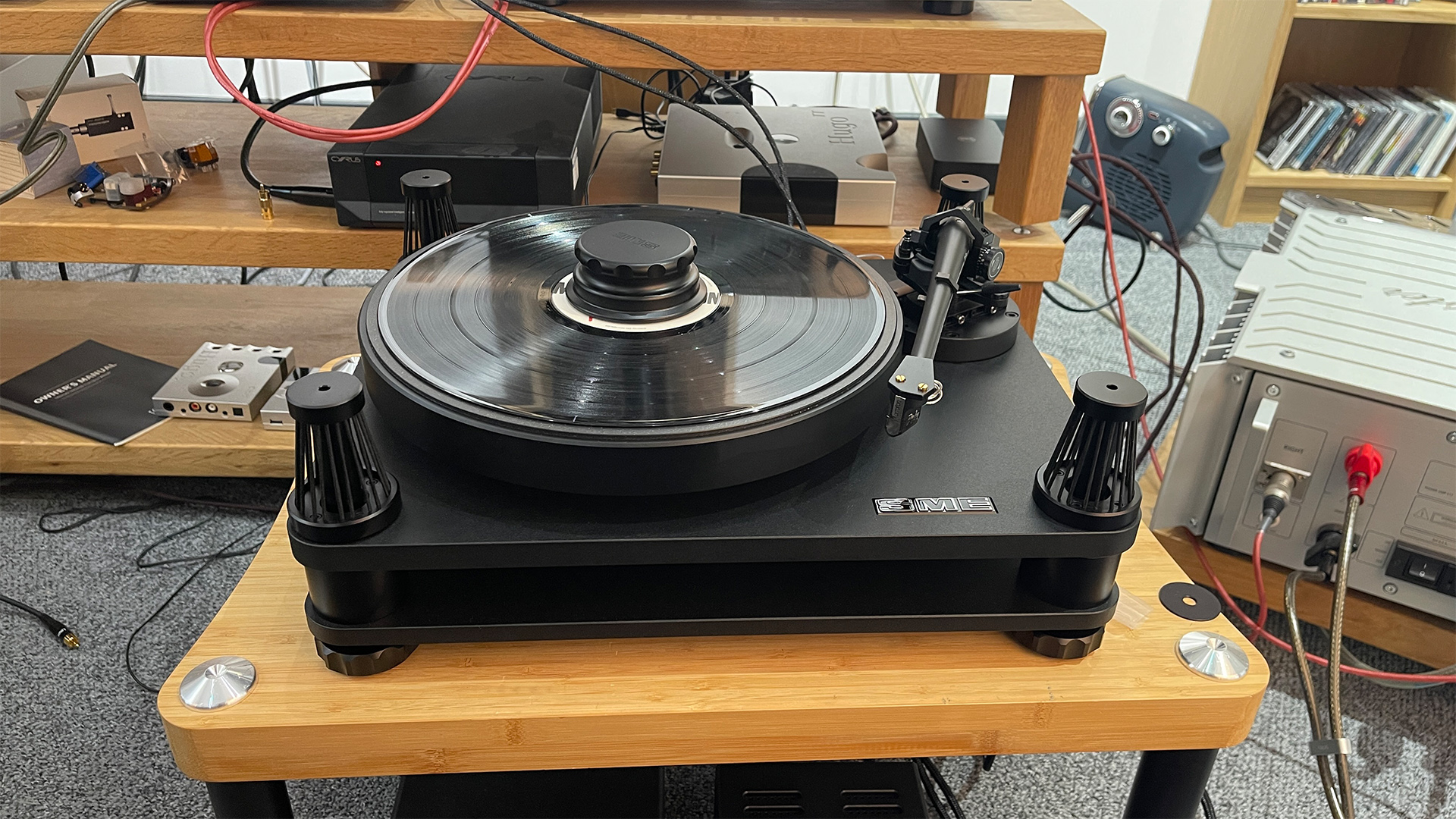
At What Hi-Fi? towers there’s an old adage that, outside of some very rare occasions, exceptional build and sound never comes cheaply. The £25,950 / $35,619 / AU$58,000 SME Model 20 Mk 2/Series V is good evidence of why that is.
The review unit we tested pairs the latest iteration of the iconic SME Model 20 turntable with the now legendary Series V tonearm – and based on our testing, though it’s expensive, the combo delivers truly magnificent results.
Adding Ortofon’s Windfeld Ti moving coil cartridge and pairing the unit with our reference Burmester 088/911 MkIII amplifier and ATC SCM 50 speakers, the player delivered an honest and insightful performance with excellent sonic authority.
If you have the money this makes the SME Model 20 Mk 2/Series V an easy recommendation, with our reviewers concluding:
“We really enjoy our time with the Model 20 Mk2/Series V/Ortofon combination. It sounds at home across all musical genres, delivering the grit of Bruce Springsteen’s Born To Run set as convincingly as the rhythmically dense electronic music of Four Tet.”
Score: 5/5
Read our full SME Model 20 Mk 2/Series V review
LG C4 (OLED48C4)
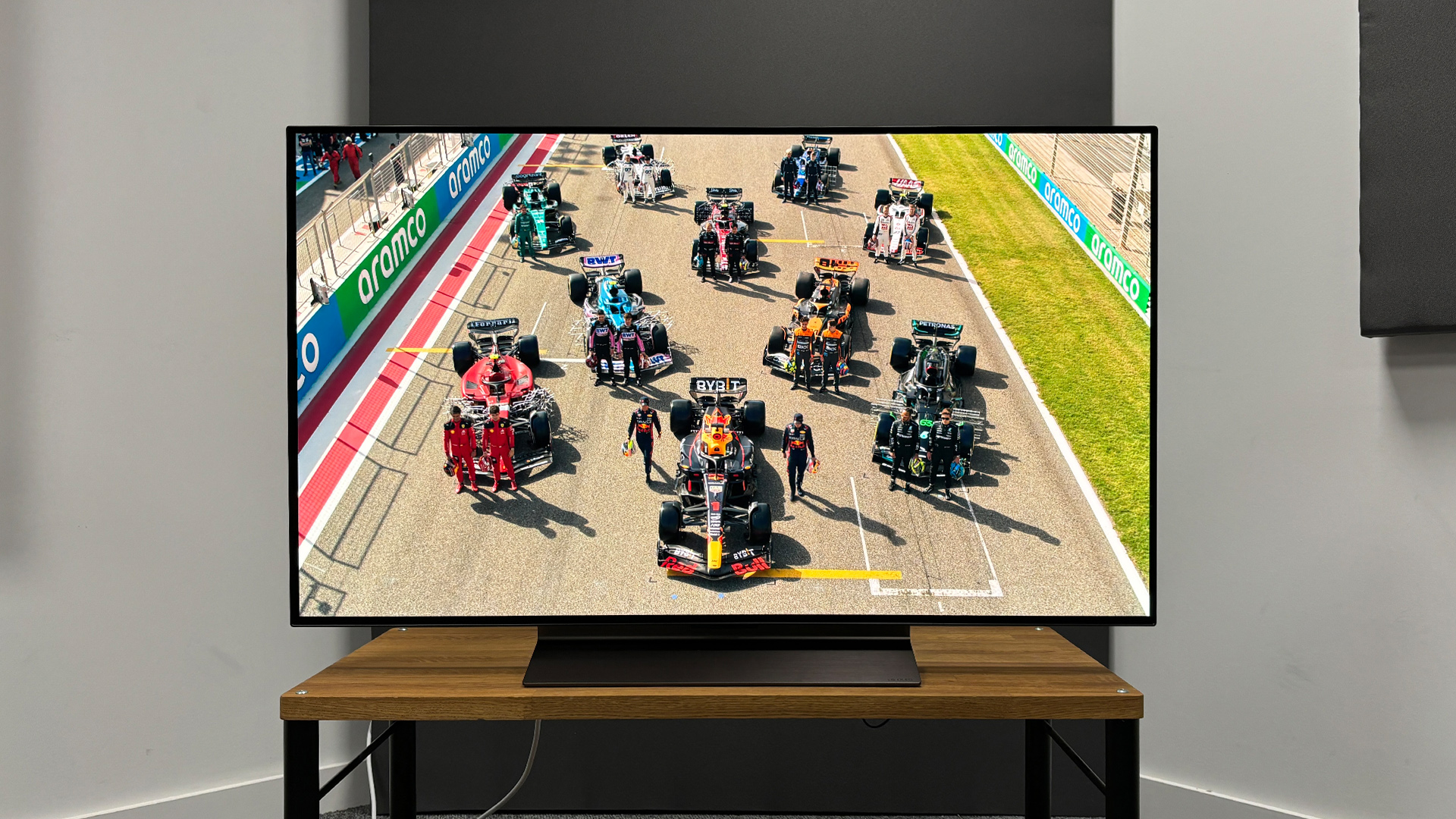
The LG C4 is rapidly turning into one of 2024’s most impressive TVs, with every size we’ve tested earning a perfect five-star rating. The 48-inch model we put through its paces in August continues this trend.
During our testing we found the 48-inch LG C4 retains all the strengths of the 65-inch model we originally tested, but in a smaller package. Regardless of what test disc we threw at it, the 48-inch LG C4 delivered a rich engaging picture full of detail and dynamism.
Add to this its stellar gaming features, which include 144Hz/4K support as well as four full fat HDMI 2.1 inputs – which make it the best set this size for connectivity, period – and it becomes an easy recommendation. Our reviewers said as much in their conclusion:
“Stop us if you’ve heard this one before, but LG’s latest C-series OLED TV is the best 48-inch TV you can buy right now. It undercuts or matches its rivals where price is concerned, it has a flawless feature set for gamers, and its picture is a clear step up over its predecessor.”
The only downside is that, like past LG C4s we’ve tested, the 48-inch model’s audio is terrible, even by in-built TV speaker standards. So you will 100 per cent want to invest in a soundbar to pair with it if you want the best experience possible.
Score: 5/5
Read our full LG C4 (OLED48C4) review
Samsung Galaxy Z Fold 6
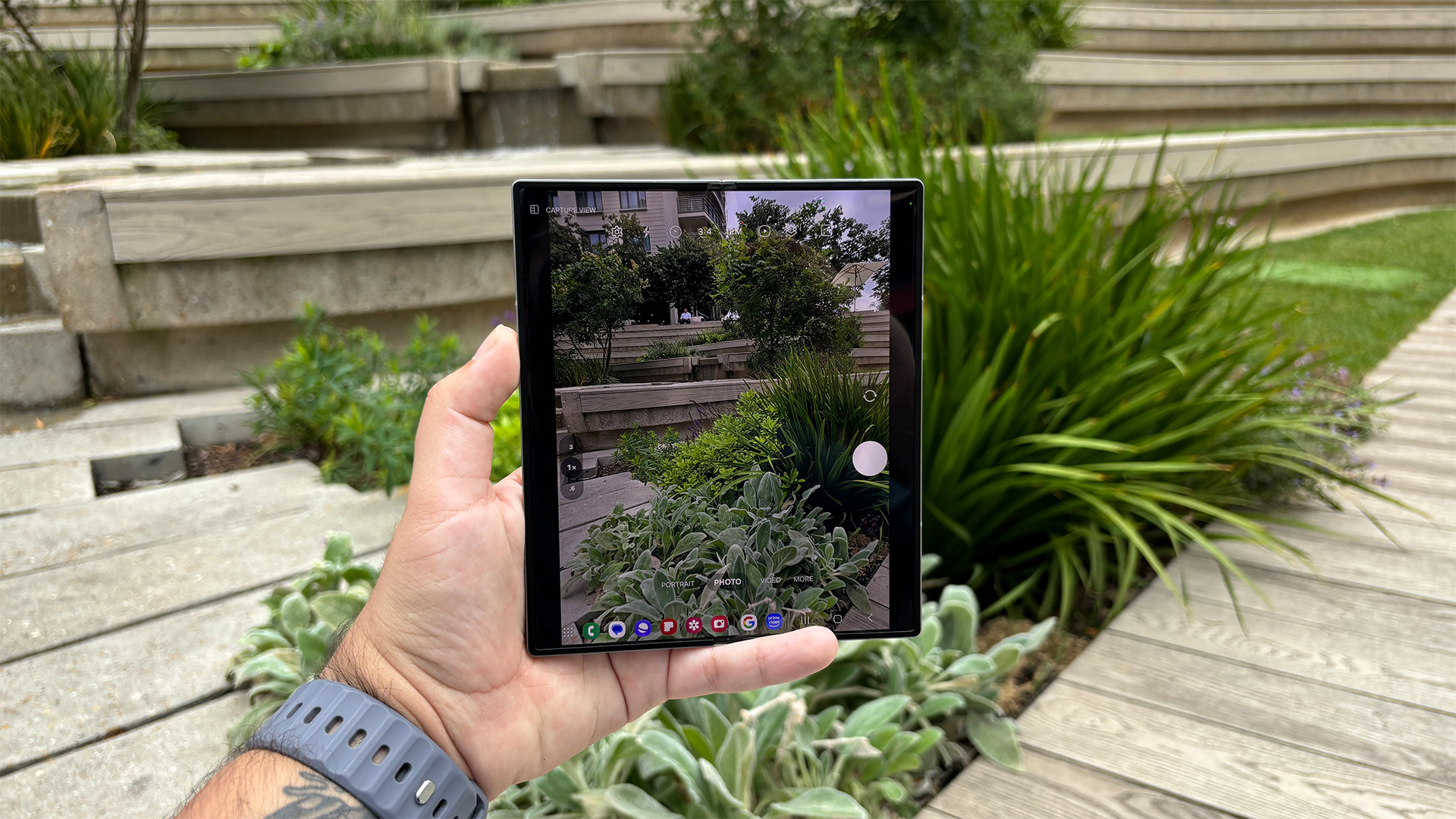
The Galaxy Z Fold 6 is the second phone to appear in this month’s column. It’s also the latest folding phone from Samsung, designed to work as both a handset and tablet. Thankfully the sixth generation has proved to be a great step forward for Samsung’s folding phone offering.
Most sites will focus on updates to the chipset and camera, but for What Hi-Fi? it’s the phone’s screen and movie watching upgrades that matter most. The headline here is that the Fold 6 features a 6.3-inch exterior cover screen with a thin 22.1:9 aspect ratio for use in phone mode that folds open to reveal a 7.6-inch interior display with a 20.9:18 aspect ratio.
Though the folded out aspect ratio is distinctly square by TV screen standards it still yields a nicely immersive viewing experience on Netflix, based on our testing.
As well as being bigger than a traditional phone display, the Fold 6’s OLED screen delivers excellent colours and a sharpness that makes it a solid entertainment station when on the go, or when stuck on a long train or plane ride. Hence its five-star rating and our reviewers’ conclusion:
“The Samsung Galaxy Z Fold 6 can best be described as an OLED TV that will fit into your pocket. Its cinematic picture performance has truly won us over, and we’re convinced that this would be an ideal AV companion for a long-haul flight or road trip.”
Score: 5/5
Read our full Samsung Galaxy Z Fold 6 review
Philips OLED809
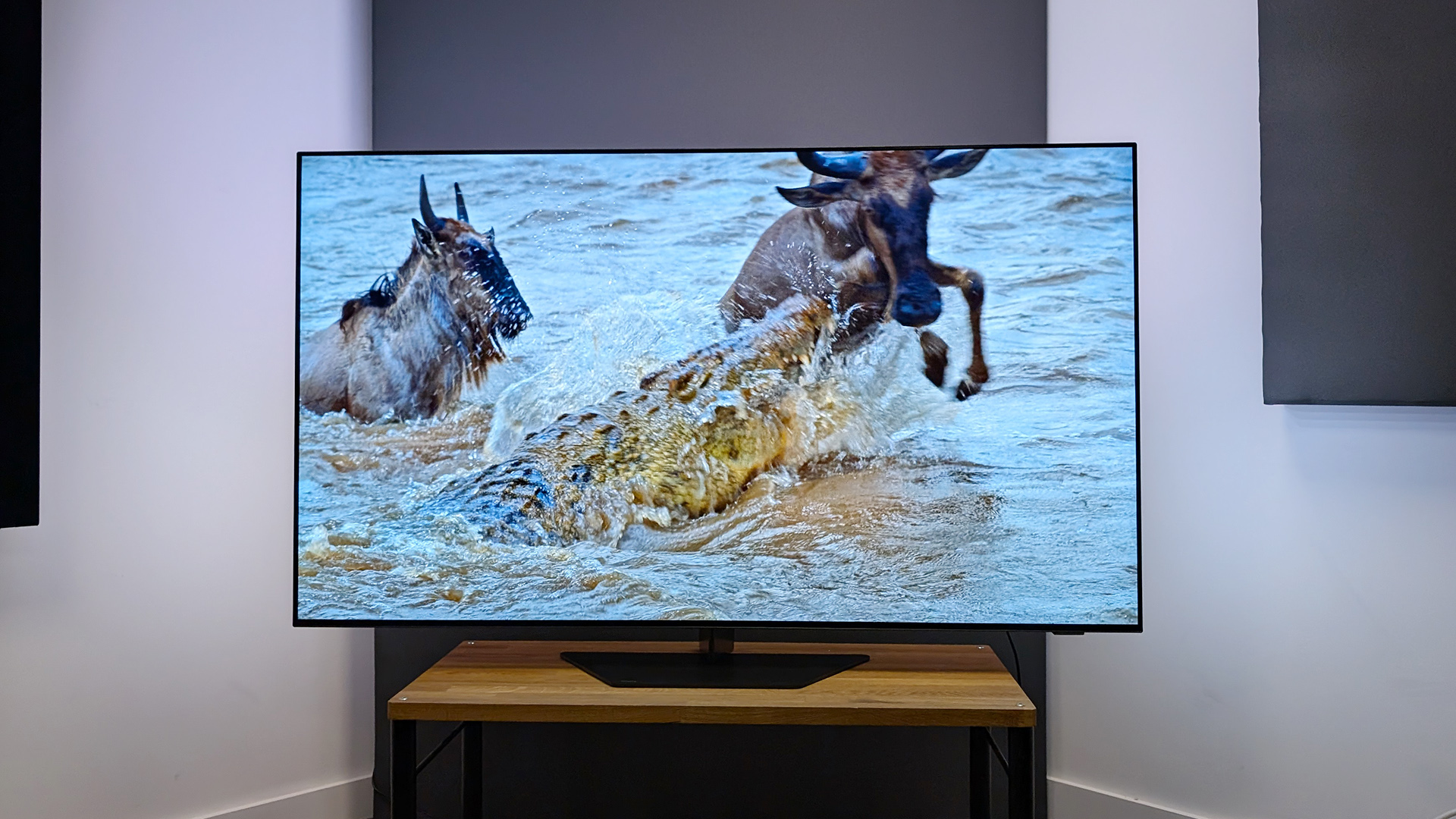
The OLED809 is Philips latest step down OLED TV and a direct rival to the LG C4. What’s the difference? For starters the TV features Philips Ambilight bias lighting system, which uses coloured LED lights around the frame to help reduce eye strain and increase immersion – doing things like throwing up a green hue when watching football. Second, it uses an 8th Gen P5 AI processor, and third, it runs using the Google OS operating system.
But onto the important topic, does it provide a decent home cinema experience? After hours upon hours of testing in our viewing rooms, our reviewers’ answer is a definitive yes. For movie and sports fans after a TV that provides a 'blow your socks off' experience, the Philips OLED809 is a fantastic option, featuring wonderfully high peak brightness levels that help it deliver a punchy dynamic picture.
We said as much in our review, where our testers concluded:
“Though it retains Philips’ 'blow your socks off' goal, once you tone down its out-of-the-box picture settings the TV gives great results, particularly during bright scenes. Here it delivers a wonderfully wide colour palette and brilliantly high max brightness, which leads to a truly immersive viewing experience.”
Score: 5/5
Read our full Philips OLED809 review
MORE:
The best OLED TVs rated
Our picks of the best wireless earbuds
We rate the best record players







